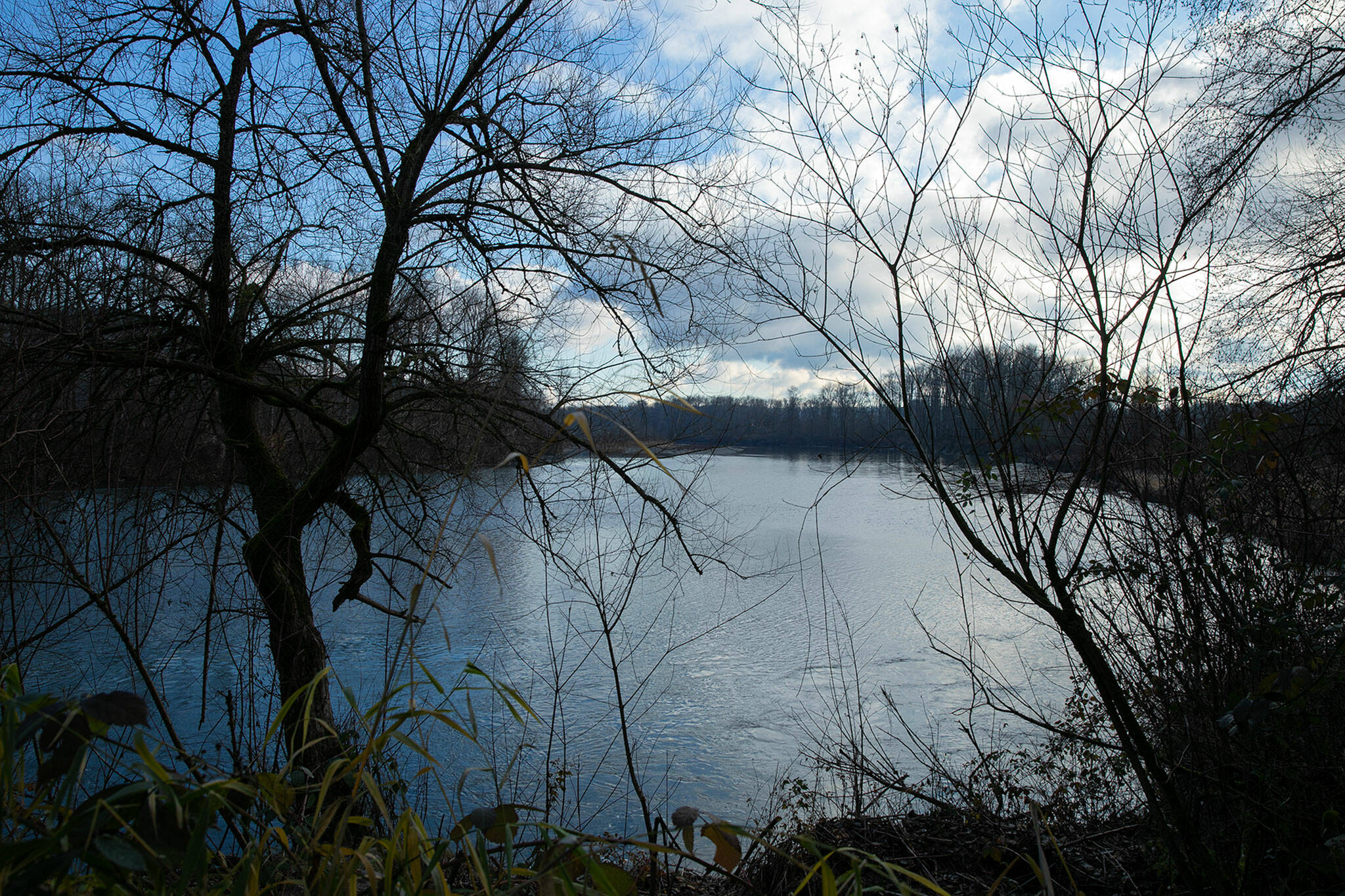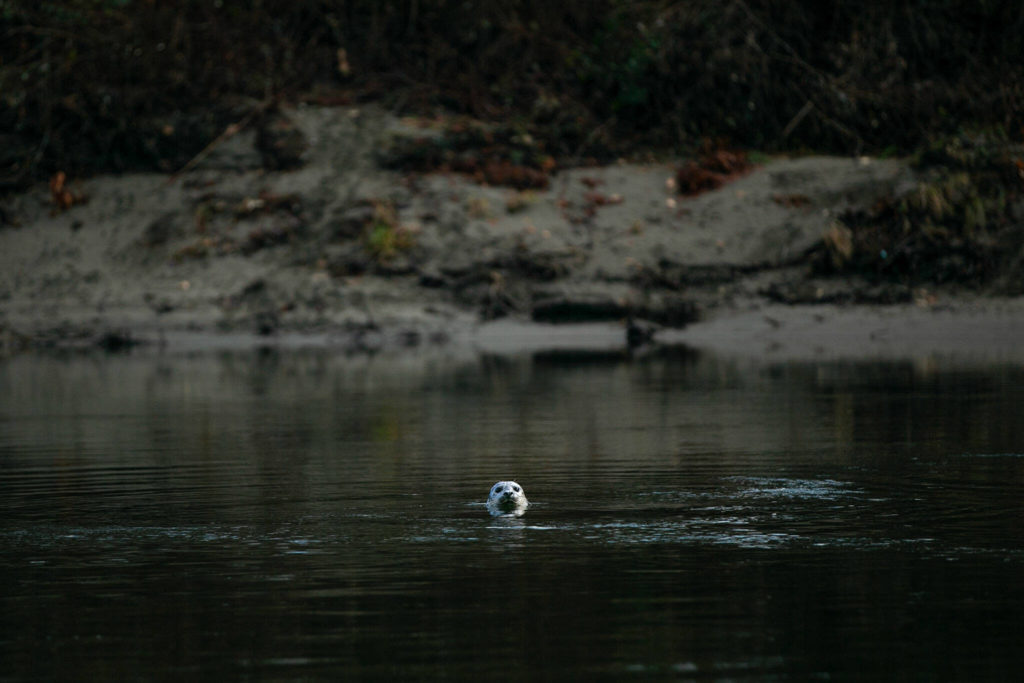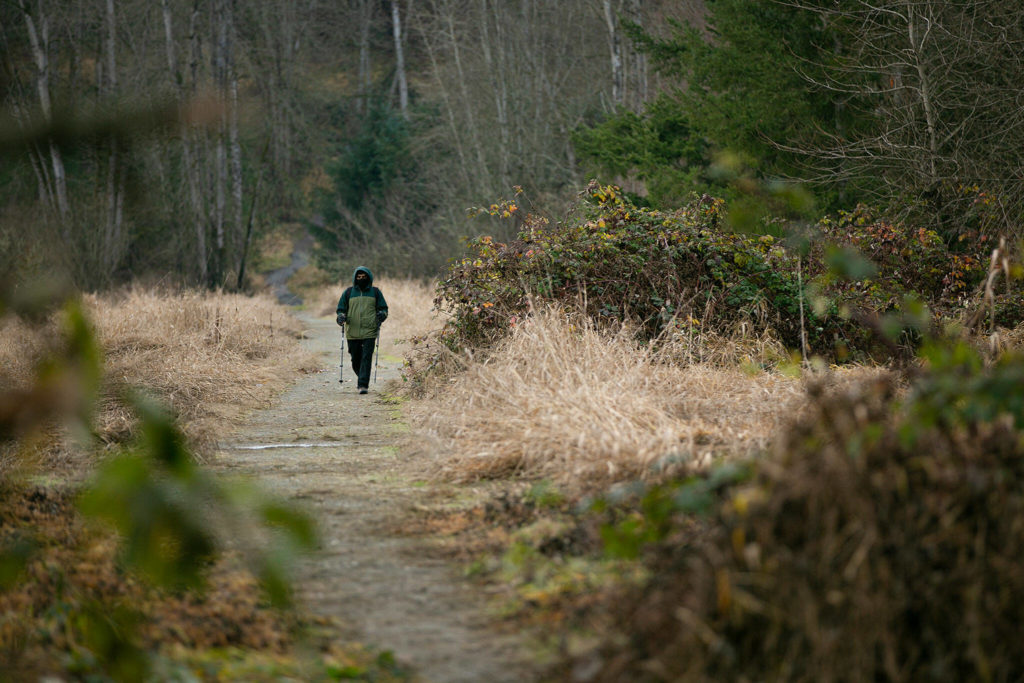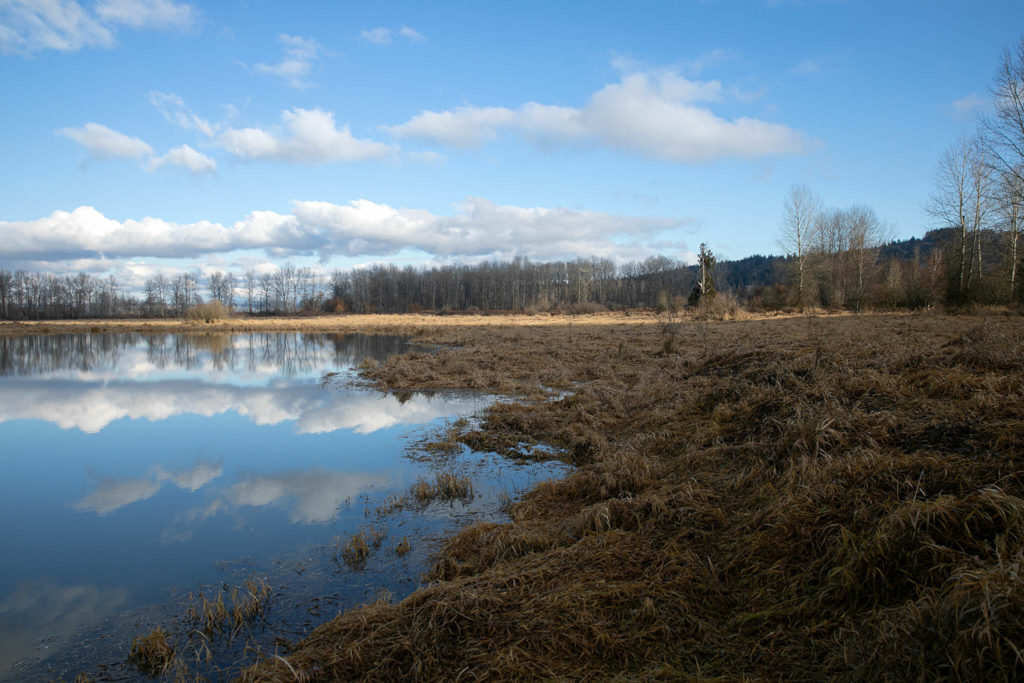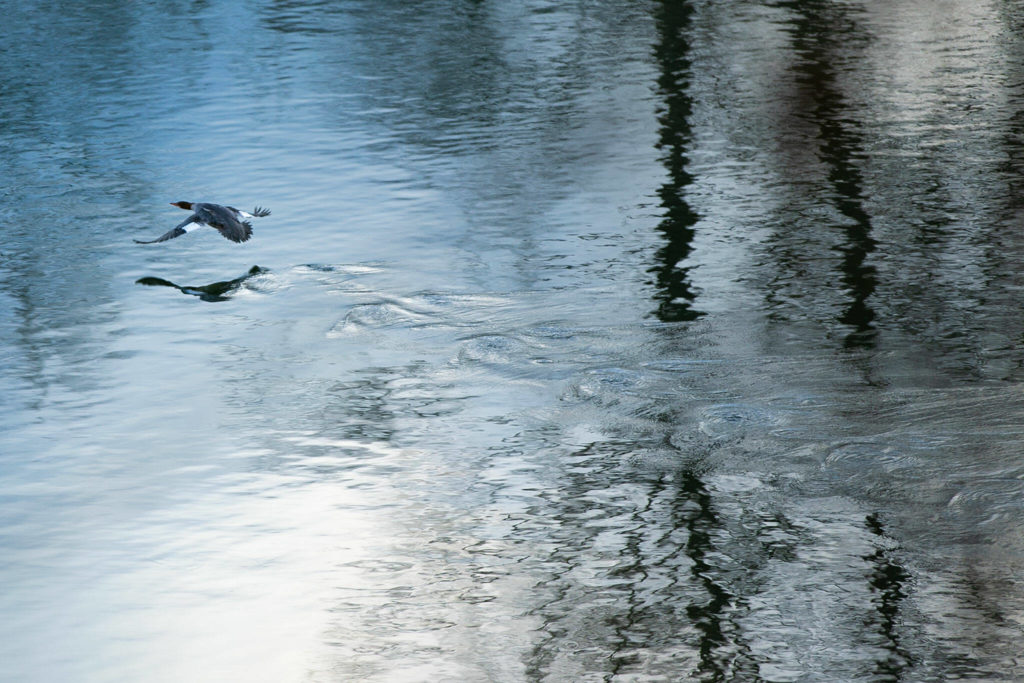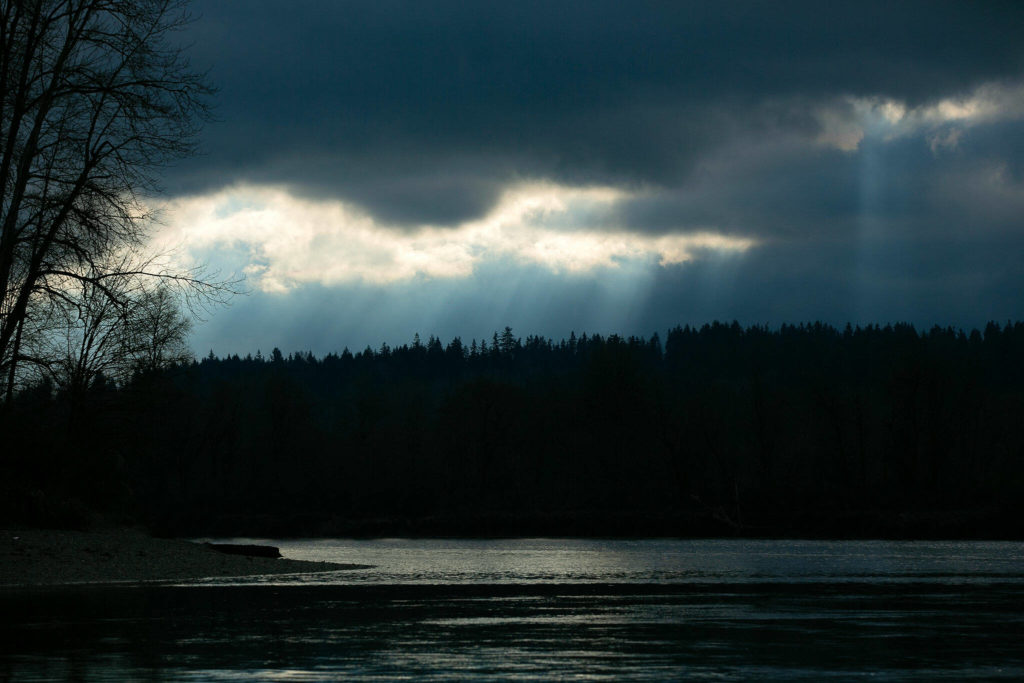SNOHOMISH — Two conservation projects in Snohomish County will get a helping hand thanks to grants from a national fund dedicated to coastal resilience and preservation.
Earlier this month, the county Department of Conservation and Natural Resources and the Tulalip Tribes both received grants from the National Fish and Wildlife Foundation’s Coastal Resilience Fund. The foundation partnered with the National Oceanic and Atmospheric Administration to offer 88 grants totaling $136 million to organizations across the country, according to a press release.
Snohomish County received $5.85 million from the program, to be supplemented with $2.1 million of county funds, the press release said. The funds will go towards restoring salmon habitat along a 1 ½-mile stretch of the Snohomish River at Thomas’ Eddy, 5 miles south of Snohomish.
Mike Rustay, senior habitat specialist for the department, said restoring Thomas’ Eddy has been on the county’s to-do list for decades. Once privately owned, the bend in the river is now part of the county-managed Bob Heirman Wildlife Park. The original owners, who used the land for farming and gravel mining, constructed a heavily reinforced stone levee to keep the river’s annual floodwaters out. But once the land became a place for conservation and recreation, it was obvious the levee needed to come down, Rustay said.
The river still occasionally breaches its banks at Thomas’ Eddy during especially large flooding events, Rustay said, but the surrounding 200 acres of floodplain have lost a “natural connection” to the river. The Snohomish has taken matters into its own hands to some extent, and parts of the levee have now eroded enough to restore a partial connection with the old floodplain. But the primary concern is the salmon habitat lost to the smooth walls of the levee, Rustay said.
Rustay said that due to Thomas’ Eddy’s location below mountain spawning sites and above the ocean, nearly all salmon spawned in the Snohomish and Skykomish rivers will probably pass through the park at least twice in their lives. Juvenile salmon rely on slow-moving stretches of river like the eddy for rest, protection and food, he said. But the levee’s presence means the little fish lose out on important habitat along the river’s banks.
Without the levee, the river could return to its natural state. Floodwaters would bring clumps of branches and fallen trees to the banks where young salmon could rest up for their long journey to the Pacific, thereby improving their chances of surviving to spawning age, Rustay said.
“Historically, this reach of the river would have been just wall-to-wall logjams at every little bump, there’d be a big pile of wood that would provide complexity and little interstitial spaces for fish to get in and hide,” Rustay said. “And the science tells us that juvenile salmon would highly prefer kind of those gnarly, wood-covered banks to the armored, relatively smooth rock of the levee.”
The department will take the first steps to remove the levee in early 2023, a county spokesperson said, with the project expected to wrap up by 2026. Some chunks of old rock will be left in place to preserve locally-renowned fishing holes, Rustay said, but with most of it gone, the Snohomish will be able to take it from there.
On the Tulalip Reservation, tribal leaders will use the $366,000 received from the grant to study methods for warding off the worst impacts of ever-rising sea levels and intensifying storms.
Phil North, climate adaptation coordinator for the Tulalip Tribes, said the tribes are always looking for ways to mitigate the already-apparent effects of climate change, like the beaver relocation project that creates surface water reserves in drying watersheds. With the grant, North is looking to the future, trying to predict how coastal residents’ way of life will change as the ocean rises.
The tribes recently completed a survey of buildings and property along Tulalip Bay’s shoreline that could be at risk in the next few decades. Though North said the results are still being analyzed, he said significant numbers of tribal members and others make their homes on the water. Those structures will likely be subject to damage from increasingly powerful storms in the coming years, he said, not to mention the existential risk presented by rising waters.
Using the grant money, North said the tribes will begin studying ways to lessen those impacts. Solutions might include restoring natural logjams in coastal waters to absorb intensifying wave impacts and prevent beach erosion, North said. Aged trees used to wash out into the bay when they toppled, creating those barriers naturally, he said. But as forest management changed post-colonial settlement, few trees make it to old age before harvest anymore.
The tribes are also considering building artificial oyster reefs as breakwaters, North said. In Skagit County, the Swinomish Tribe uses traditional clam gardens as both a coastal barrier and a food source that recalls ancestral ways of life, he said, and the Tulalip Tribes hope to use oysters in a similar way.
“This is what you would call nature-based solutions. This isn’t like building a concrete wall to stop erosion,” North said. “It’s really trying to work with the system as it exists to provide the benefits. And really, that’s what the tribes have always done. We’re kind of just getting back to that.”
Riley Haun: 425-339-3192; riley.haun@heraldnet.com; Twitter: @RHaunID.
Talk to us
> Give us your news tips.
> Send us a letter to the editor.
> More Herald contact information.
